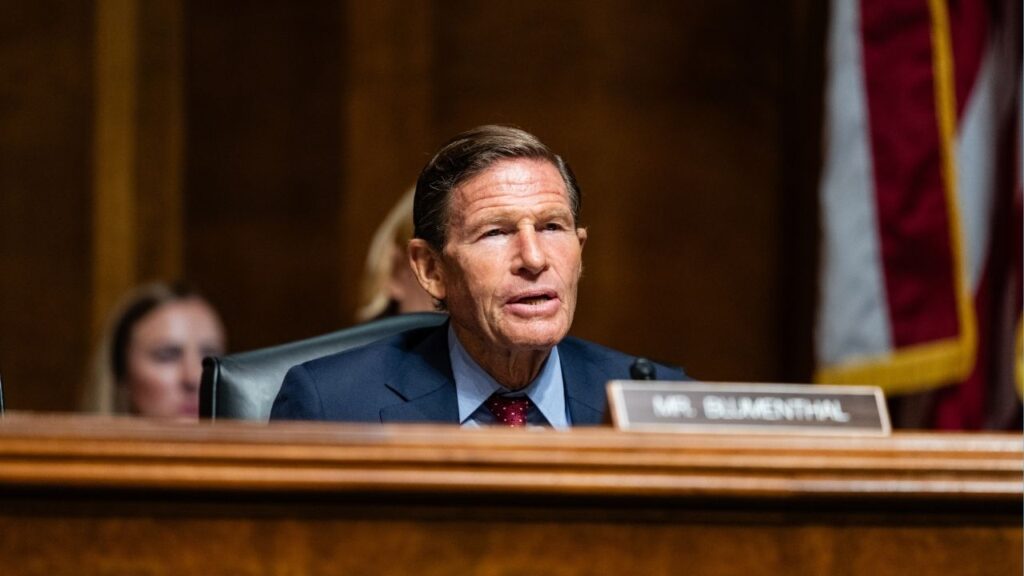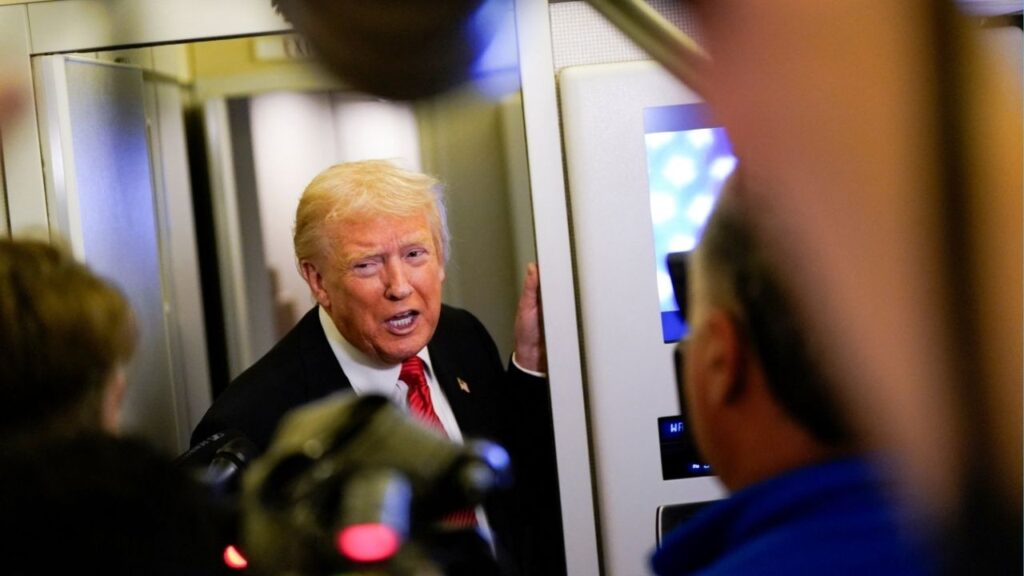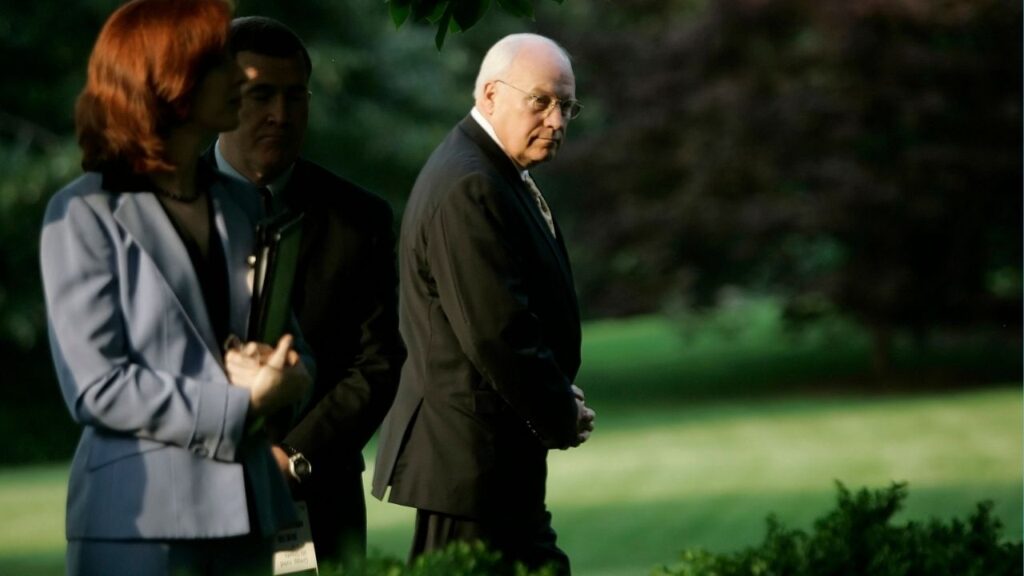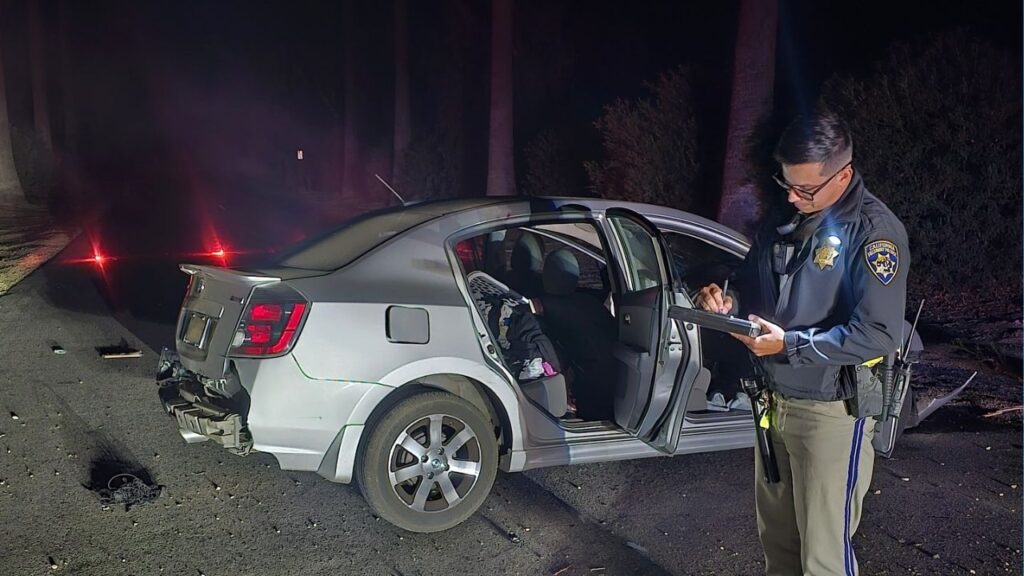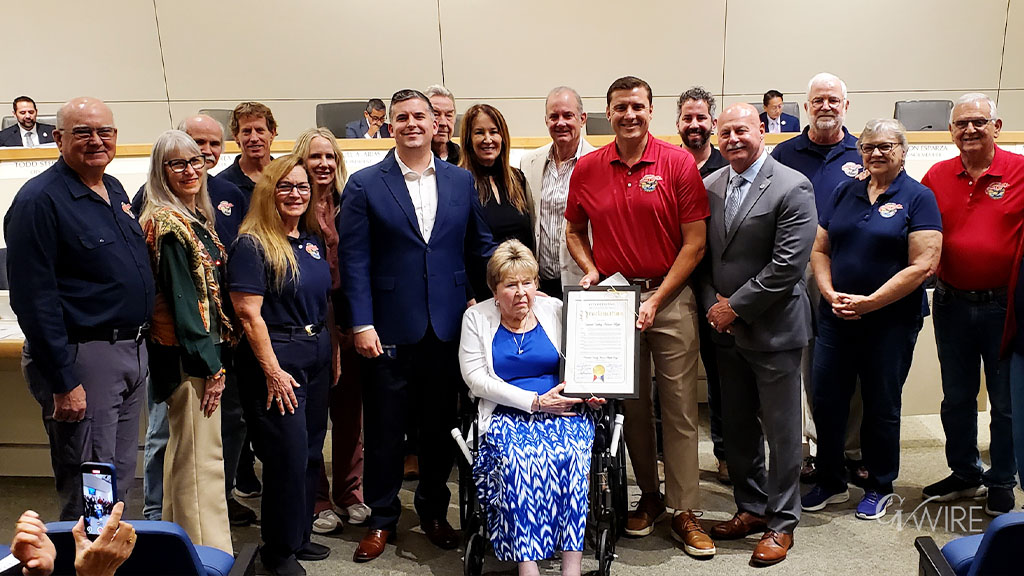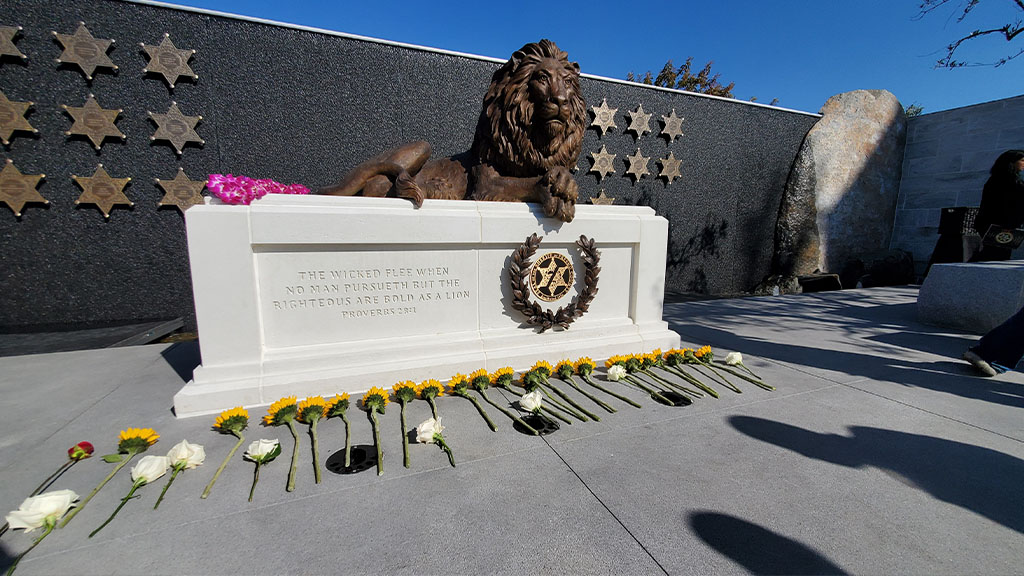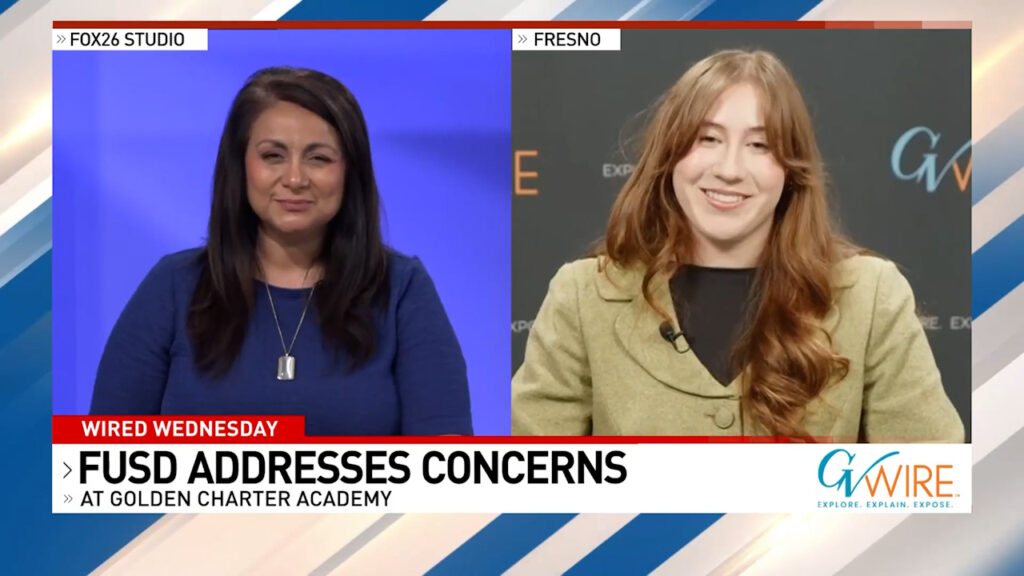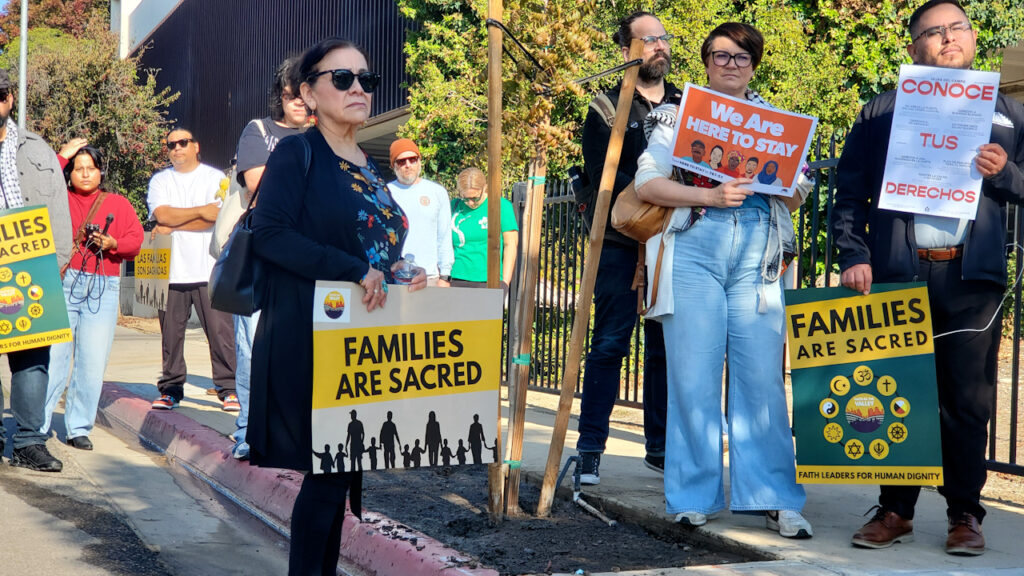Former U.S. Transportation Secretary Ray Lahood opines the that the state Legislature must ensure stable funding for the bullet train project. (CalMatters/Larry Valenzuela)

- The rail authority's new CEO is implementing sweeping changes to focus on results and reduce project costs.
- Plans now include simultaneous construction into the Bay Area and Los Angeles County within a few years.
- Securing stable state funding is key to unlocking billions in private investment for high-speed rail.
Share
This commentary was originally published by CalMatters. Sign up for their newsletters.
With the Trump administration announcing an investigation into California’s high-speed rail project, news coverage has largely focused on the attempt to disrupt the project. Meanwhile, almost no one is talking about the California High-Speed Rail Authority’s aggressive new leader and his dramatic efforts to accelerate construction of the bullet train.

By Ray LaHood
Special for CalMatters
Opinion
Sweeping Changes at the Authority
Ian Choudri, the new CEO for the agency responsible for realizing the project, has spent decades working on major rail projects for major construction, engineering and high-speed train manufacturing firms. He believes there is a need for sweeping change at the authority.
As a first step, Choudri is transforming the organization’s culture to focus on results while eliminating overlapping roles and responsibilities. He is also going over all of the project’s existing plans with a fine-toothed comb in order to reduce costs while also examining strategies to raise additional revenues. That includes potential monetization of surplus real estate, fiber networks and advertising space.
Expanding Construction Goals
While the goal in recent years has been to focus resources on building an early operating line in the Central Valley, Choudri has set his sights higher. The goal of launching high-speed train service in the Central Valley in the early 2030s remains the same, but Choudri also wants to simultaneously begin construction on extensions into the major population centers of San Francisco and metro Los Angeles within the next few years.
Construction will begin on a line running northwest into the Silicon Valley that will plug into the Caltrain commuter rail system that connects to San Francisco. Construction will also start on a line heading south into northern L.A. County that connects with Metrolink commuter rail service to downtown Los Angeles, as well as the High Desert Corridor and Brightline West high-speed rail systems running northeast to Las Vegas.
This will connect the budding high-speed rail network into the busy regional transit systems of California’s biggest metro areas, and in doing so, begin to deliver on long-promised mobility, economic development, housing affordability and climate benefits — not to mention profitability. It will also put the project within striking distance of its ultimate goal: a one-seat ride between downtown San Francisco and downtown Los Angeles in under 3 hours.
Securing Stable Funding
What’s needed to deliver this plan is stable funding. The project has suffered from unpredictable, stop-and-go funding from the outset — a reliable driver of recurrent cost escalations. If stable funding paired with a state backstop can be guaranteed for years to come, construction can proceed along the entire 300-mile stretch between Silicon Valley and L.A. County within the next few years.
Choudri has secured private funding for rail projects in the past, and believes he can secure billions of dollars in private investment in the California project in the near-term. But the key to unlocking these private dollars is first securing a fixed level of funding, year-in and year-out, from the state government.
High-speed rail currently receives 25% of the revenue from the state’s annual cap-and-trade program. The revenues vary from year to year as the market-determined price of carbon fluctuates, with the allocations toward the high-speed rail project ranging anywhere from $750 million to $1.25 billion. This year state legislators began debating what the next version of the program will look like if it’s reauthorized beyond 2030, creating uncertainty about the project’s most consistent funding source.
Private investors are loath to invest in projects with this level of funding volatility. It’s similar to qualifying for a home mortgage: Without steady income, an individual can’t qualify for a loan.
If the Legislature carves out a robust, fixed-dollar amount for California high-speed rail moving forward, paired with a state backstop, Choudri believes he can leverage this income stream to secure billions in private financing and fill the remaining funding gap.
The authority now has a credible plan to accelerate construction of the bullet train. What the clear majority of California voters who want high-speed rail need is a serious commitment from the California Legislature to put America’s most important infrastructure project into overdrive.
Make Your Voice Heard
GV Wire encourages vigorous debate from people and organizations on local, state, and national issues. Submit your op-ed to bmcewen@gvwire.com for consideration.
This article was originally published on CalMatters and was republished under the Creative Commons Attribution-NonCommercial-NoDerivatives license.






